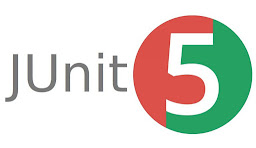Quarkus with Panache

Quarkus is a super interesting project. IMHO Quarkus is JEE done right. It's super-fast, relies on Netty, uses GraalVM . Today I want to share a video I made about Quarkus with Panache using the Postgres database running on Docker. So Let's get started. Video Code https://github.com/diegopacheco/java-pocs/tree/master/pocs/quarkus-hibernate-panache-fun https://github.com/diegopacheco/java-pocs/tree/master/pocs/quarkus-jpa-mysql-fun Cheers, Diego Pacheco














